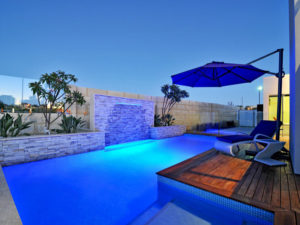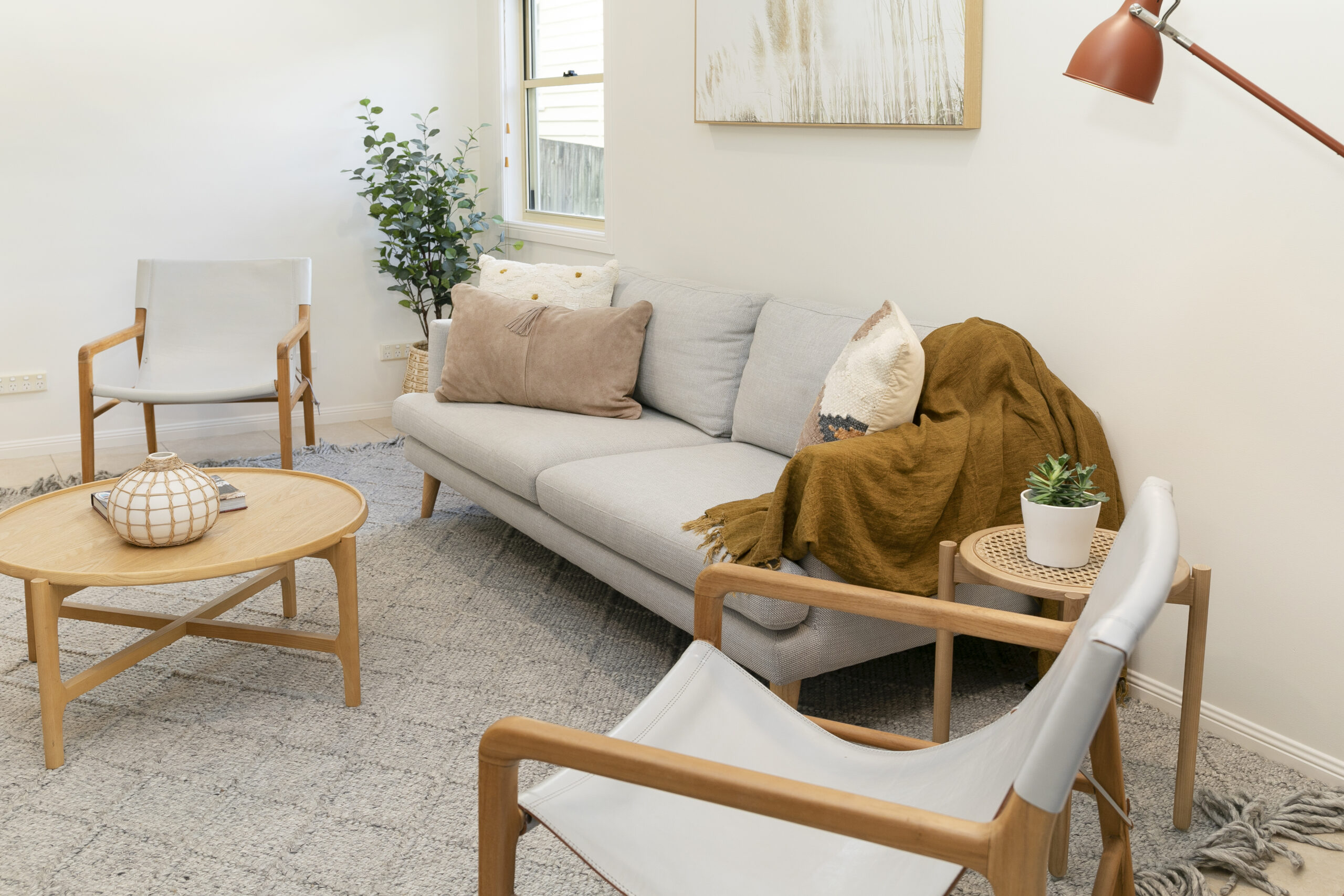Building a pool is a large project and one that requires a number of tradespeople to ensure it is completed properly. We look at what is involved in building either an above ground or inground pool.
Before you start
If you hire a pool professional you will be liaising with a member of their team through the design process. They will then work with a draftsmen and engineers to prepare your design for submission to your council. Make sure they have organised the Development Application (DA), construction certificate and water board approval prior to construction.
Inground pool construction requires large, heavy equipment, such as excavating equipment that will require access to the pool area.
Organise where any excavated spoil will go. Contracts generally allow for cartage within 5km, and charge thereafter. It helps if you can find a cleanfill site close to your property and give them the approximate dates you’ll be bringing spoil.
By law, excavation work also requires temporary fencing erected around it. You may be able to source this yourself at a cheaper rate than the contractor.
Inground pools
Installing an inground swimming pool is a huge job. Don’t even consider trying this one yourself.
A hole needs to be dug and in your yard, which by law needs to be completed by a qualified excavator. For fibreglass and vinyl liner pools, the hole is a foot or so bigger than the pool, and backfilled with earth and/or sand to make a solid foundation. For concrete pools, the hole is essentially the shape of the pool, as the concrete is sprayed directly on.
Soil excavation uses a small bulldozer or backhoe. It normally takes one day, but if the spoil needs to be carted a long way away, it can take up to three days. It’s no more noisy than the motor of the equipment you are using.
If there is rock involved the process will take up to two weeks. Noisy equipment like rockbreakers and jackhammers are used. Remember that such loud work can only happen within certain hours of the day.
For a fibreglass pool a base of sand is laid. For a concrete pool the most common method of construction involves shaping the space with hand-held tools before laying steel bars to reinforce the concrete.
At this stage a plumber and electrician are needed to lay any pipes the pool will need. They are laid underneath a fibreglass pool shell, or in the steel ‘cage’ before concreting. Pipes needed include a hydrostatic valve (this regulates water pressure and stops your pool from warping), filtration, lighting, spa jets, and heating pipes.
Make sure that there is also a ground fault circuit interrupter installed to ensure your pool is protected against electrical currents.
The prefabricated fibreglass structure (which may be able to be assembled on-site if access is an issue) is lowered into the hole or the concrete is sprayed on top and is sculpted and smoothed into the final shape of the pool. Your pool builder will employ a concreter to do this.
After the pool is in place, a plumber or electrician will finish off the job, connecting the pipes and electrics.
Above ground pools
While most kinds of soil and even concrete can be suitable for an above ground pool, the area where the pool is placed must be flat. There is always some amount of excavation involved, even if it’s just removing the grass. Your pool builder will organise an excavator depending on the amount of work that needs to be done.
You also need to make sure that there are no rocks or other protruding objects around that can puncture the lining of the pool.
The pool is usually placed on a bed of sand, and piping for the filter is installed before the pool is built on top.
The pool is generally constructed from the bottom up. First, a ‘track’, which outlines the pool is laid, then the wall is fitted to the track. The pool’s protective surface, a vinyl liner, is the last thing to be affixed.
A plumber connects the filter once the pool is complete.
Coping and landscaping
Coping refers to the pavers or tiles that are laid around the top edge of the pool. A paving contractor will be needed to do this.
The pool is rendered with tiles, pebblecrete, vinyl lining, fibreglass, quartz, or concrete paint. A tiler or specialist contractor is needed.
The pool is completed with a decking, and/or plants, water features, and rocks. Depending on your design, this part of the job will need a landscaper, concreter, paver, carpenter, and/or plumber.
Article sourced from realestate.com.au:
http://www.realestate.com.au/blog/building-a-pool-step-by-step/



